So what was the connection? How did a tiny village become infected with The Plague? It was by a tragic accident .
The 1665- 1666 Bubonic Plague in London was the last great plague in England. It killed about 100,000 people in London about 25% of the population at the time. Eyam was much smaller in numbered population. The percentage loss was certainly no less than London. There were many plagues across Britain over centuries but the 1665 is the one mainly remembered. It was carried by fleas on the back of rats and spread very quickly. And this, is how it spread to Eyam, Derbyshire.
Here is tale of how the unselfish attitude and actions of a community saved hundreds by their self sacrifice, a beautiful tale of love.


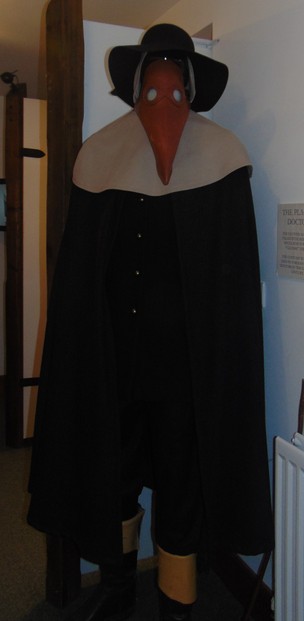
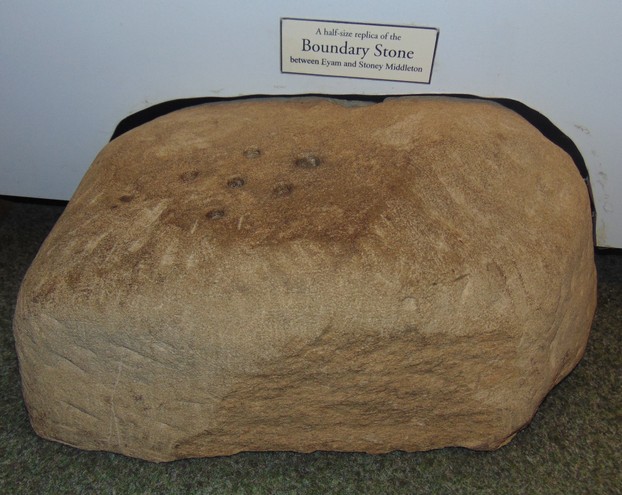
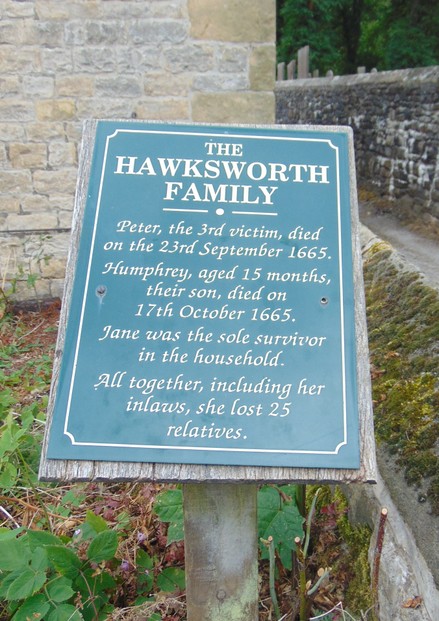
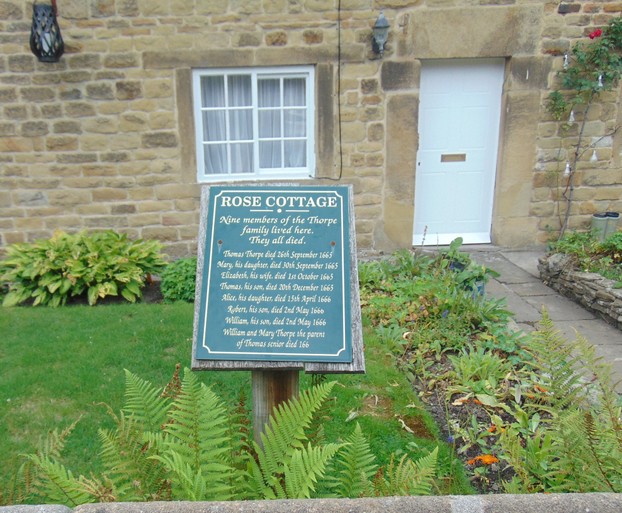
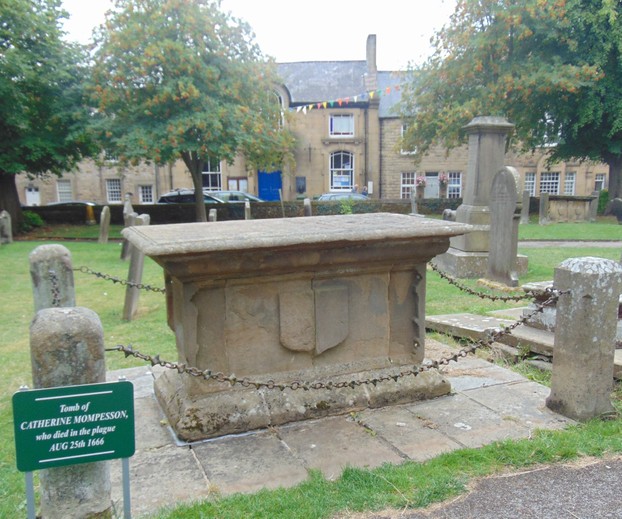

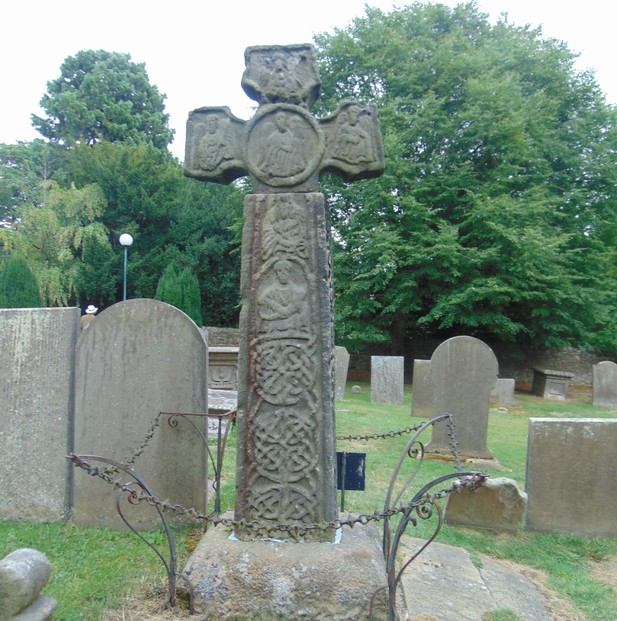


 Blarney Castle and Gardens, County Corkon 06/01/2023
Blarney Castle and Gardens, County Corkon 06/01/2023
 An Cóbh, Corcaigh, Eireon 05/29/2023
An Cóbh, Corcaigh, Eireon 05/29/2023
 Dublin ; The Book of Kellson 04/04/2023
Dublin ; The Book of Kellson 04/04/2023
 The Bee Tree Community CIC;- an online support communityon 08/24/2022
The Bee Tree Community CIC;- an online support communityon 08/24/2022


Comments
I have not heard of any Eyam plague descendants being immune to AIDS . Covid is an air bourne virus of course and the Plague is a tic bourne bacteria as far as I am aware
The next-to-last subheading, Immunity, advises us that "Interestingly, it has been stated that descendants of Plague village Eyam survivors have very well developed immune systems and cannot catch AIDS. I wonder how true this is."
Might there be any statistics as to whether or not Plague village Eyam survivor descendants muster immunity against COVID?
Rats can still carry Weil's disease, which can be fatal.
Yes I think people's mistrust of rats and such things is passed down to us from previous generations fear of Plague .
Some years ago Tim Severin, who was writing "In search of Ginghis Khan, went to Mongolia, where the guides told him that the marmots that inhabit the Mongolian steppes are a reservoir of the plague bacterium, Yersinia pestis.
Derdriu
Oh my word you have answered my question. I wondered if there had been any instances of Plague Stateside and yes it seems there still is.
I am wondering what happened to Rowland Torre. I may look it up when I get a minute .
Veronica, Thank you for the backstories and the poignant pictures. Does anyone hypothesize or know what happened to Rowland Torre afterward? Is Emmott a common feminine name?
On this side of the pond, bubonic plague remains a threat in small pockets of New Mexico!
Indeed, great point.
It was the insects that lived on the rats that carried the plague.
Eyam was indeed the only place outside London to catch Plague in 1665. …. even 160 miles away.
I would have thought the clothes could carry the plague without the help of the rats. Interesting that they were involved.
Tolovaj
Yes it is fascinating to see how this dreadful disease spread in waves across Europe. It is a testament that the impact of the disease that it is so remembered as being horrific. Modern medicine has done a lot to stop such things.
If the tailor hadn't sent for cloth or if no rats had been the consignment, then the Eyam story would not have happened. Lots of ifs.
Thank you for posting.